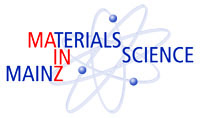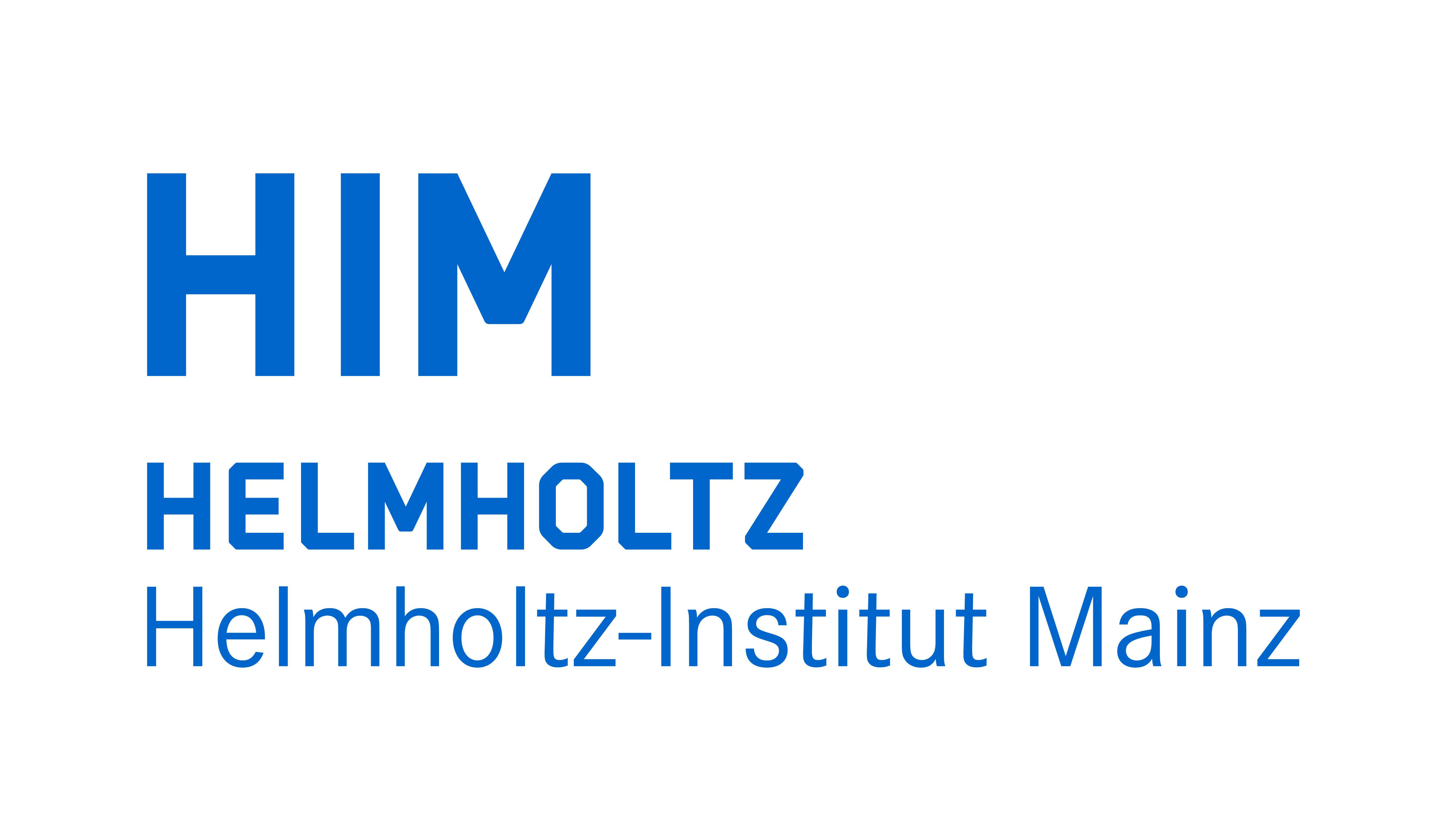


Physikalisches Kolloquium
May 9, 2023 at
4:15 p.m.
in
HS KPH
Prof. Dr. Alfons Weber
Institut für Physik
a.weber@uni-mainz.de
Prof. Dr. Hartmut Wittig
Institut für Kernphysik
hartmut.wittig@uni-mainz.de
Zero- and ultralow nuclear magnetic resonance Novel Swiss army knife to physics, chemistry, and biology
Dr. Szymon Pustelny (University of Krakau)
Thanks to its strong immunity to environmental perturbations, for many decades, molecular nuclear systems have found extensive applications in science, technology, and medicine. One of the techniques exploring these nuclear-spin systems is the technique of nuclear magnetic resonance (NMR). While typically performed under very strong magnetic fields (>1 T), recent advances in hyperpolarization methods and magnetometric techniques have led to the emergence of a technique of zero- and ultralow-field (ZULF) NMR. Operation under such unique conditions, with simple, small, and cost-efficient experimental systems, has opened up new avenues for ultraprecise spectroscopy and relaxometry, allowing for interesting applications in chemistry and biology. In physics, ZULF NMR was used for the engineering of long-lived (tens of seconds) nuclear states and the searches for physics beyond the Standard Model. Despite these applications, however, the technique is still at its early stage and many applications will be developed in future.
During the colloquium, the fundamentals and distinctive features of ZULF NMR will be presented and some of its applications will be highlighted.